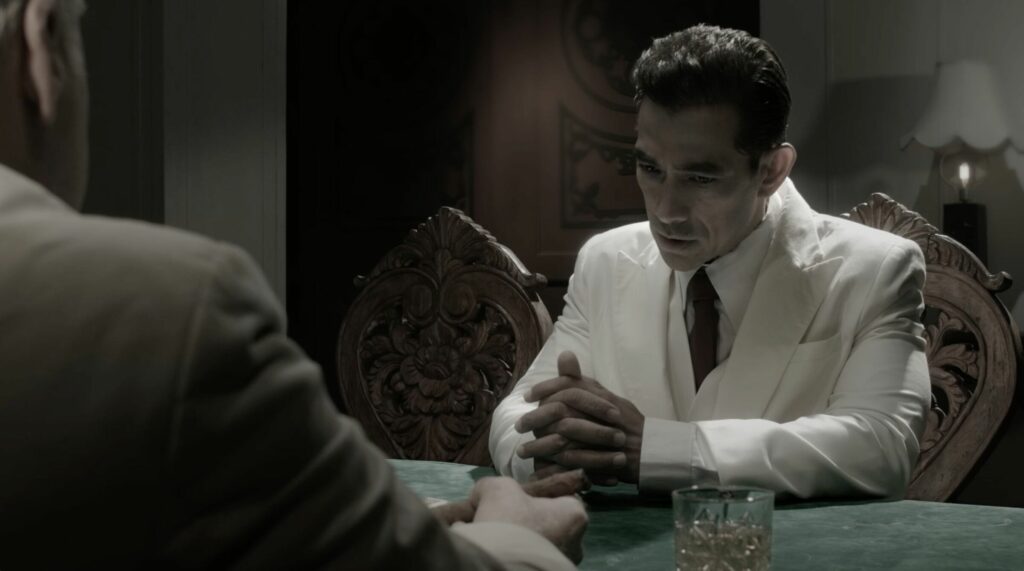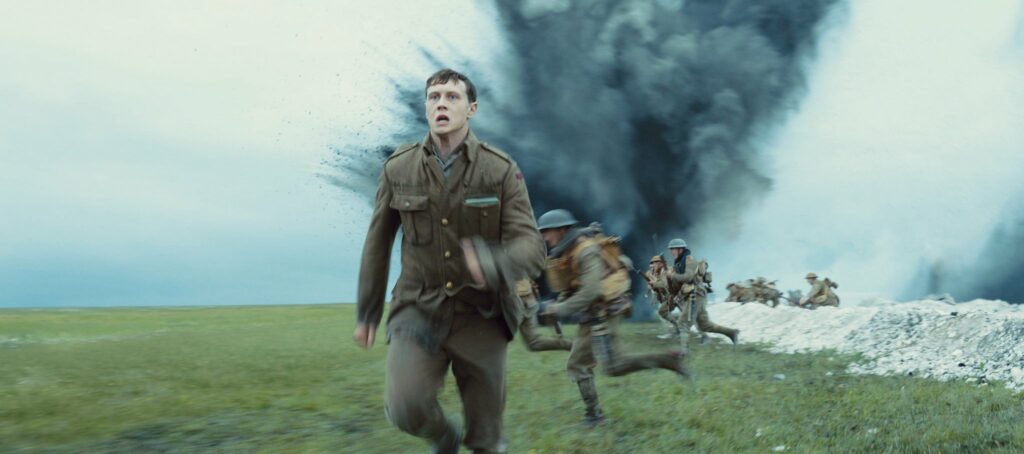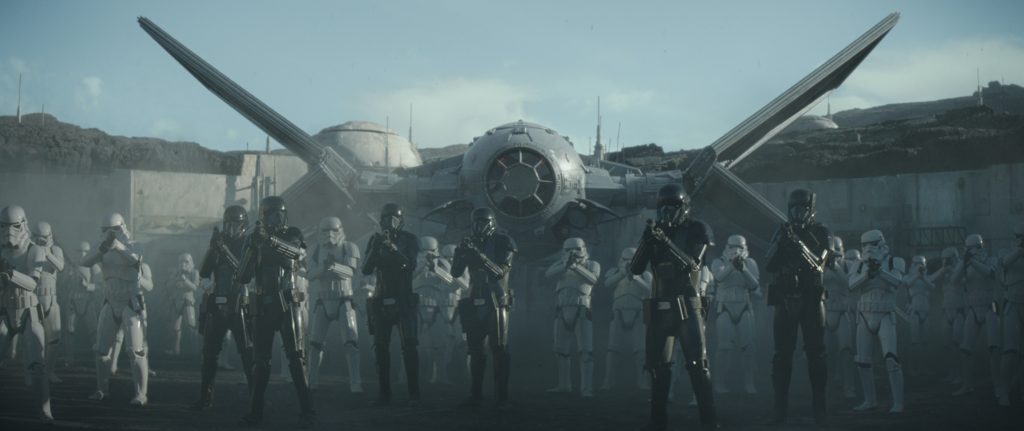Slamdance Review: Jasper Mall
Written by Ian Thomas Malone, Posted in Blog, Movie Reviews, Pop Culture
As films like Fast Times at Ridgemont High and Clueless demonstrate, shopping malls used to be a pillar of American culture, especially for teenagers. Mallrats succinctly captures this zeitgeist in its title. The world has changed quite a bit, with e-commerce wiping out plenty of shopping malls throughout the country. Jasper Mall is a documentary that showcases a year in the life of a mall on the brink of closure.
Directors Bradford Thomason and Brett Wittcomb have crafted a clever, quiet film about an institution in slow decay. Much of the narrative unfolds through the eyes of Mike, a former Australian zookeeper who serves as the security guard/caretaker for the mall in rural Alabama. The film does showcase some of the mall’s tenants, including a florist and jewelry repair shop, but this is mostly Mike’s story. He displays a genuine love for the mall and its tenants that’s easy to identify with.
The film does not spend much time trying to diagnose the root cause of the Jasper Mall’s decline. The word “Amazon” is never once uttered. In many ways, this makes perfect sense, as the audience is bound to understand the reality that brick-and-mortar stores face in the e-commerce age. The specific circumstances of the town of Jasper could have used a bit more exposition, though the film takes place entirely on the mall grounds.
The departure of two of the mall’s “anchor stores,” large retailers intended to draw traffic to the mall, has had an unfortunate trickle-down effect on the tenants. Without K-Mart or JCPenney, two retailers who are in severe decline nationwide, the food court and service-oriented stores don’t see enough customers to sustain themselves. Several stores close during the narrative.
The beauty of Jasper Mall is through its ability to retain an upbeat narrative while never losing sight of the inevitably bleak outcome. Mike constantly talks about various ways to draw traffic back to the mall. The film presents his voice without endorsing his words. There is almost certainly not going to be a great renaissance for the Jasper Mall.
The mall itself looks pretty terrible, the kind of place you might visit if you needed something specific but wouldn’t go to for window shopping. Thomason and Wittcomb are respectful of the fact that there are people, mostly older patrons, who have a sense of community in the mall. The death of retail is a slow process.
While Mike is the perfect lens to present the documentary, the frequent shots through the corridors do you leave you wondering about the many tenants that weren’t featured. This can be explained to a large extent by the presence of national brands such as GNC or AT&T, but the film only focuses on a couple stores out of the whole mall. For all of Mike’s charm, he does get a little repetitive after a while.
Jasper Mall is a moving narrative about perseverance in the absence of a future. Barring a total remodel that seems highly unlikely, the Jasper Mall doesn’t have much left in the tank. To many, that’s not sad, only indicative of the times. The documentary does an excellent job capturing the essence of those who rely on the dying establishment and what exactly they’re going to leave behind.

















